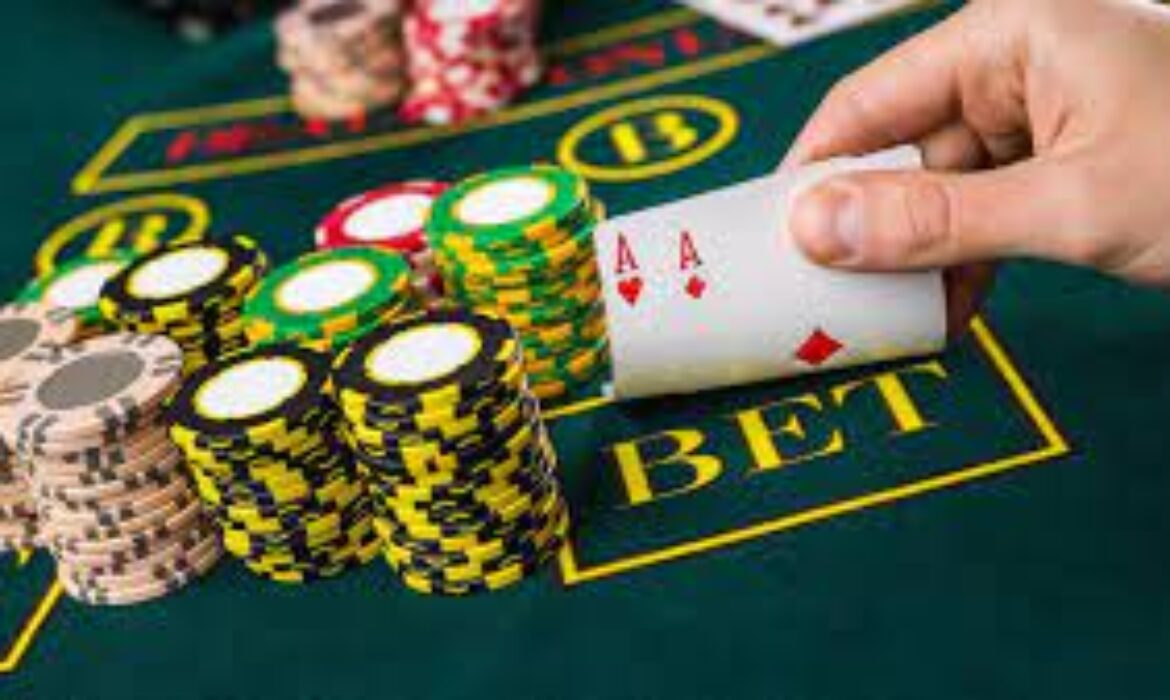
The squeeze play in tournament poker is about re-raising preflop after an initial raise with one or more callers. Executing this strategy effectively requires a subtle understanding of various factors, including stack sizes, table position, and player tendencies. The success of a squeeze play hinges on the squeezer’s ability to read table dynamics and opponent behavior. For instance, players leading a tournament and approaching the bubble may opt to squeeze more aggressively, potentially up to 70% of the time, to pressure opponents and leverage fold equity. Conversely, when out of position or facing opponents prone to calling raises, the frequency of squeezing should decrease to avoid entering large pots without sufficient equity.
Position remains an important factor when determining squeeze play frequency. Late position affords greater control and information. In contrast, squeezing from early or middle position requires a stronger hand range due to the higher likelihood of encountering callers or 4-bets. Additionally, the psychology of poker, including understanding opponents’ perceived hand ranges and exploiting their mistakes, plays a vital role in effectively executing a squeeze play.
Optimal frequencies for squeeze plays must adapt to the flow of the tournament. Players must continuously reassess their strategies as blinds escalate and stack sizes fluctuate. During the bubble phase, heightened caution among players creates an opportunity for more aggressive squeezes. Conversely, a tightened squeeze frequency can mitigate potential losses at the final table.
Hand Ranges and Sizing
The selection of hands for a squeeze play varies based on several factors. Typically, strong hands like high pocket pairs and premium-suited connectors are favored. Incorporating occasional bluffs is essential for range balance. Maintaining a range advantage over opponents, particularly with one or two callers, is essential. The size of a squeeze re-raise must also align with strategic objectives. For instance, larger re-raises out of position help compensate for positional disadvantages, while slightly smaller re-raises in position maximize pressure on opponents.
Mathematical concepts such as expected value and pot odds are pivotal in optimizing squeeze play frequency. Players must evaluate the risk-reward ratio and consider the probability of winning the pot outright versus facing a 4-bet. For example, risking 10 big blinds to win a 6 big blinder pot can be profitable if opponents fold approximately 47% of the time. Developing a solid post-flop plan for scenarios where the squeeze is called further refines strategic decision-making. Understanding the likelihood of opponents folding or calling allows players to fine-tune squeeze play frequencies and enhance overall strategy.
Learning poker rules and regulations is significant for implementing successful squeeze plays. Adhering to the rules ensures fair play and prevents misunderstandings at the table. Players must stay informed about the rules to maintain a level playing field. They should also remain knowledgeable about optimal squeeze play frequencies to gain an edge in tournament poker.
Tournament Dynamics
Tournament stages, such as the bubble or final table, also influence squeeze play frequency. Increasing blinds and antes necessitate strategic adjustments. For instance, during the bubble, players tend to exhibit risk aversion. This creates an opportunity for more frequent aggressive squeezes. At the final table, where stakes are higher and players are more willing to gamble, the frequency and range of squeezes should be tightened to avoid costly confrontations. A careful analysis of opponent stack sizes is vital in these stages to exploit potential opportunities and mitigate risks.
The psychology and dynamics of tournament play require continuous adaptation of squeeze play strategies. Bencb, a renowned poker player, highlighted that many players misapply squeeze plays. Misapplication can lead to financial losses. The effectiveness of a squeeze play is amplified by the ability to win the pot preflop, maintain a range advantage when called, and apply pressure on opponents.
Frequency in Live Versus Online Games
The squeeze play’s effectiveness and frequency can differ between live and online games. Squeeze plays can be particularly effective in live poker games. In this setting, players often call raises more frequently. This heightened tendency provides more opportunities for successful squeezes. In contrast, online games today exhibit less frequent call patterns and necessitate a more conservative approach to squeezing. Typical squeeze frequency in poker is around 7-9%, although an accurate assessment requires a sample size of approximately 3,000 hands due to the rarity of the situation.
Optimal squeeze play frequencies depend on numerous considerations, including table position, stack sizes, and opponent tendencies. Implementing squeeze plays with strong hands against aggressive opponents and with a larger stack than opponents can enhance success rates. Position plays a vital role, with late position being more favorable for squeezing. Additionally, factors like pot size and table image greatly influence the success of a squeeze play.
Optimal squeeze play frequencies in tournament poker require a fine approach. Incorporating factors like position, stack sizes, and opponent tendencies into the decision-making process is essential. Mathematically analyzing the risk-reward ratio and considering tournament dynamics can further refine squeeze play strategies. Players can enhance their squeezing effectiveness and overall tournament performance by adapting to the game’s flow and understanding the psychological aspects.



